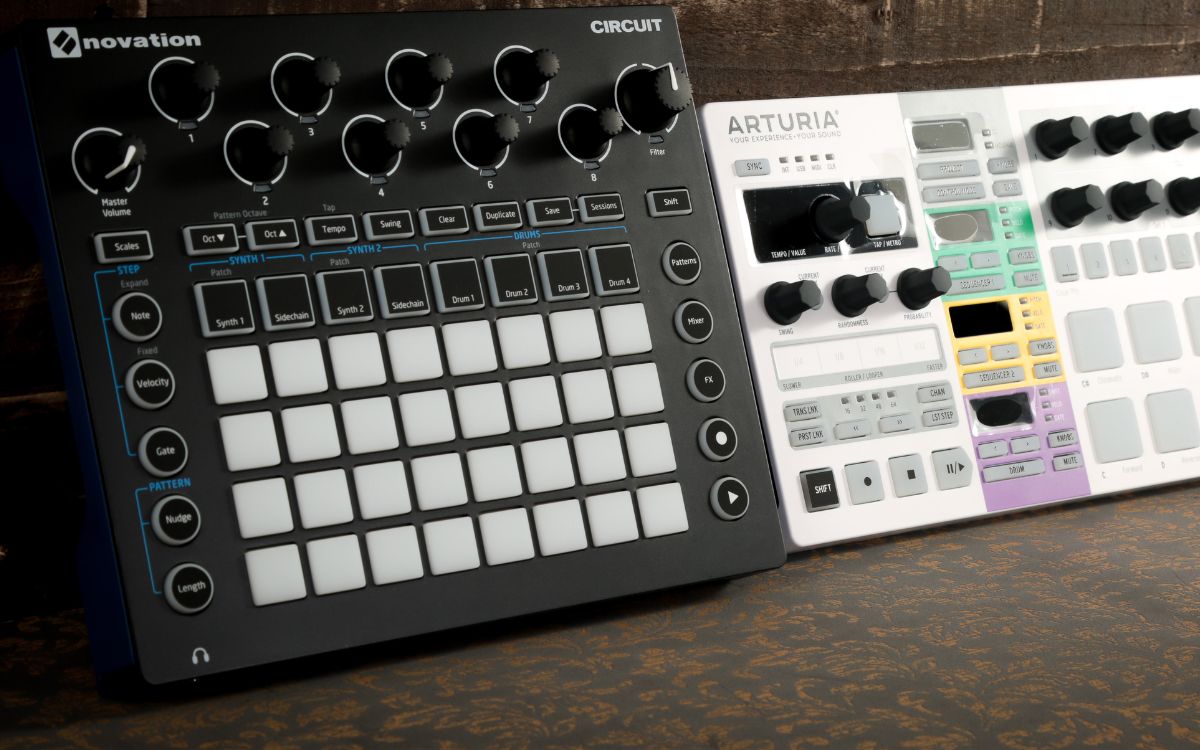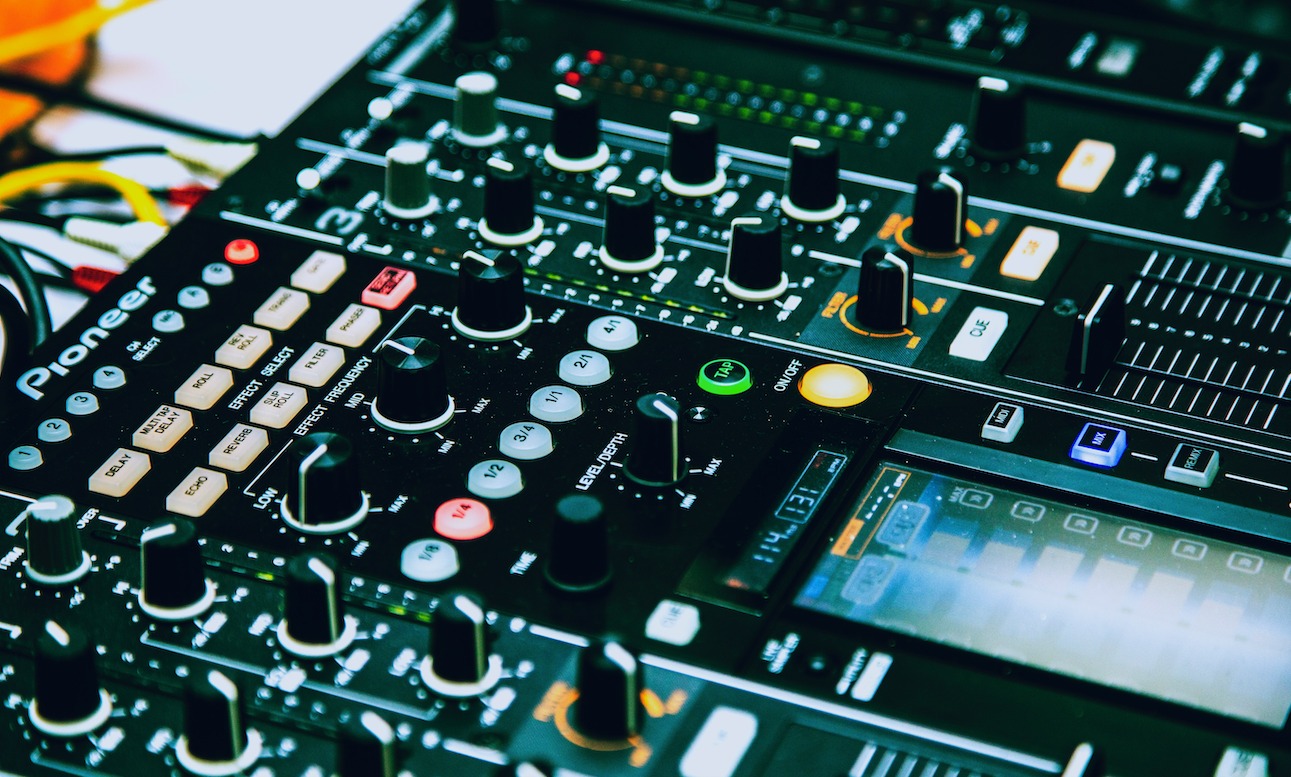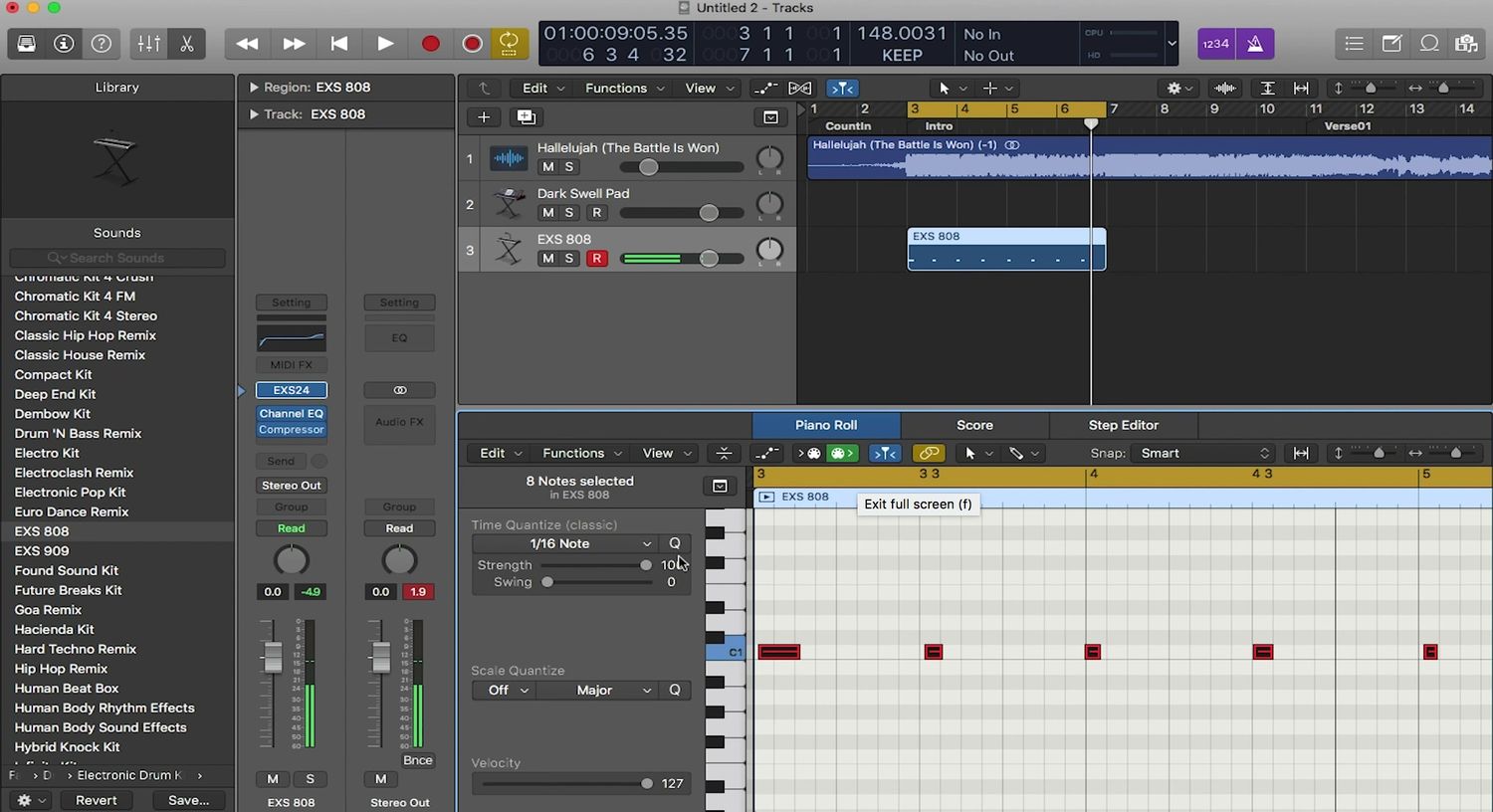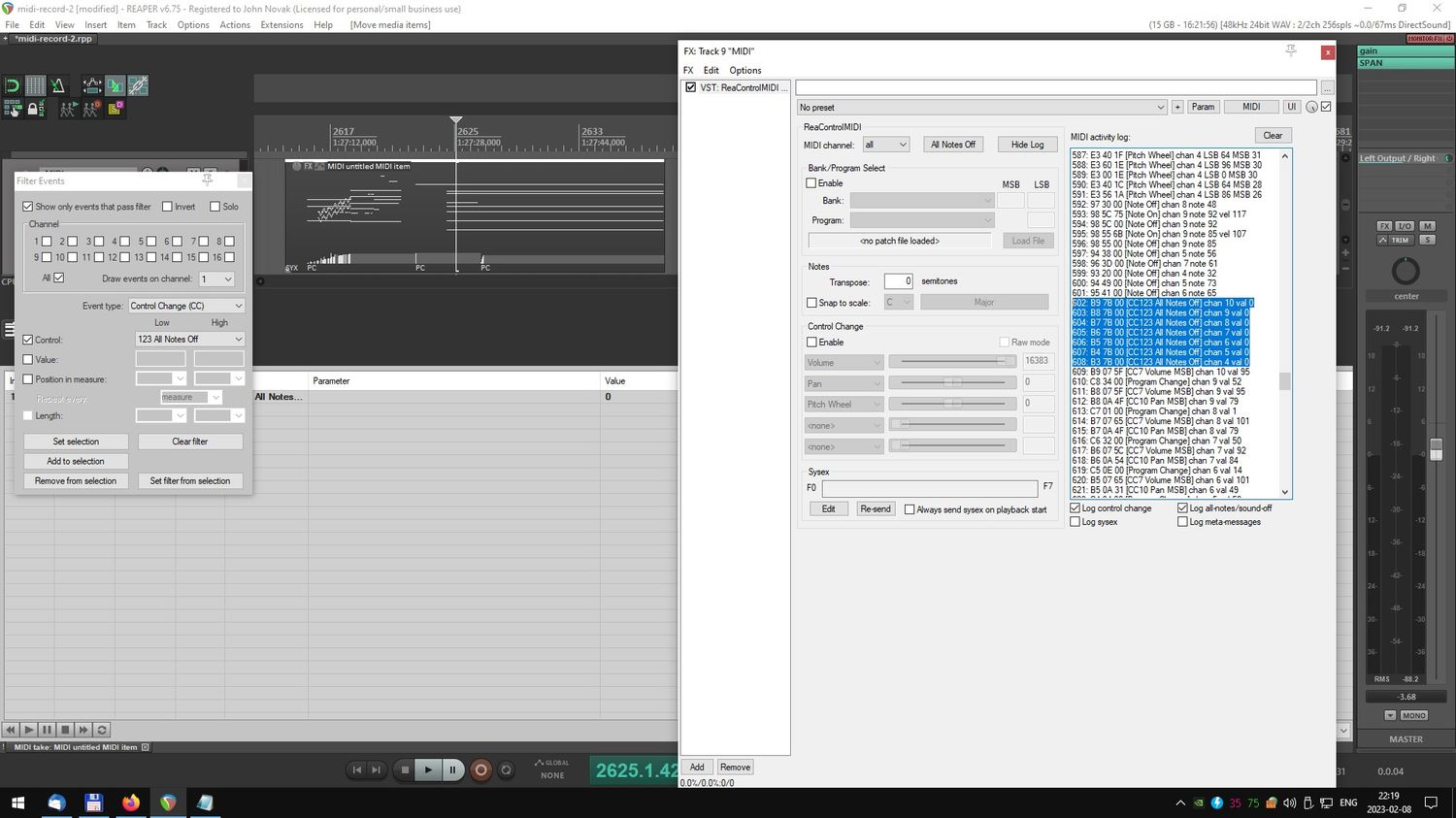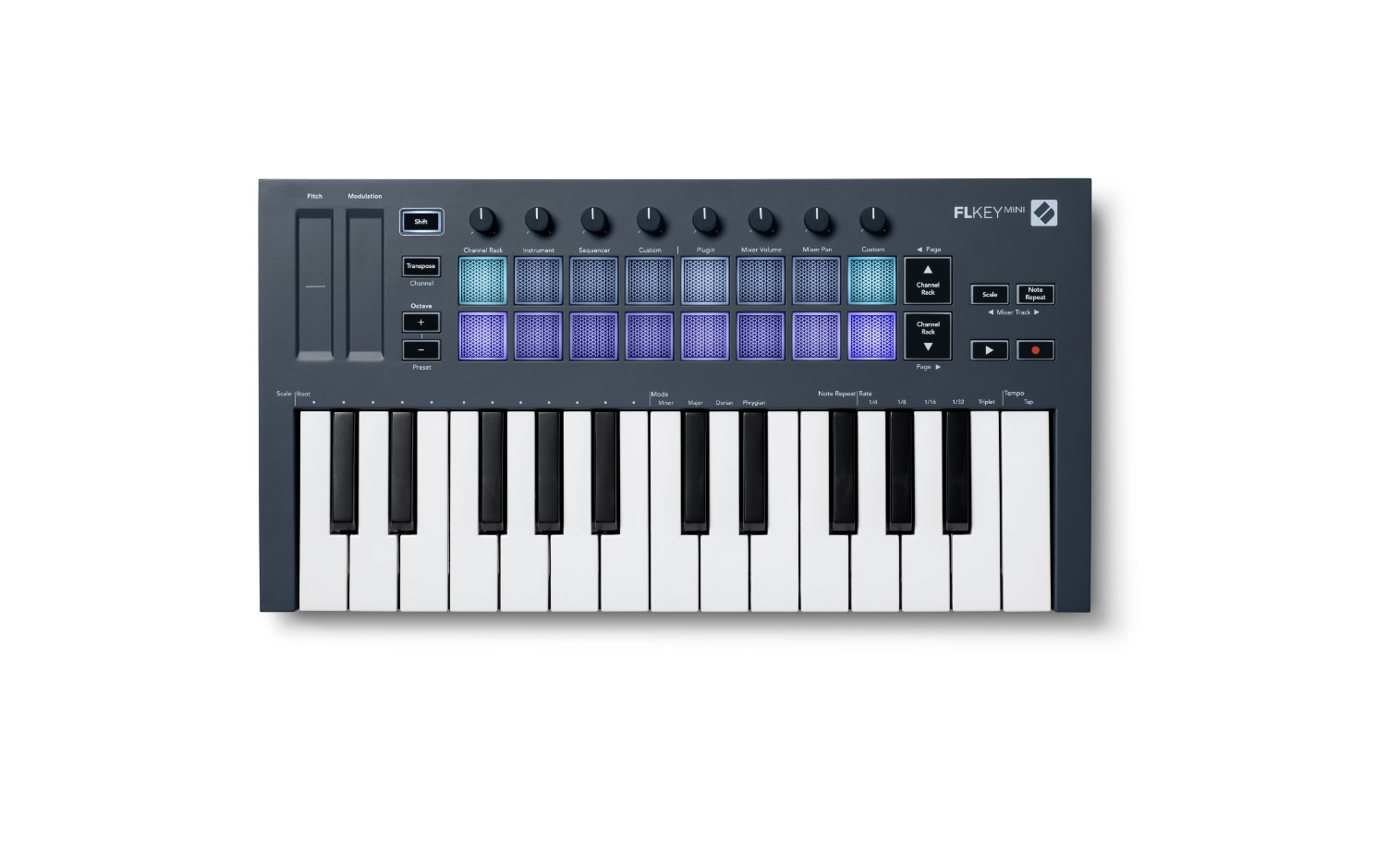Home>Production & Technology>MIDI>How Can I Copy A MIDI Track Into Another New Set
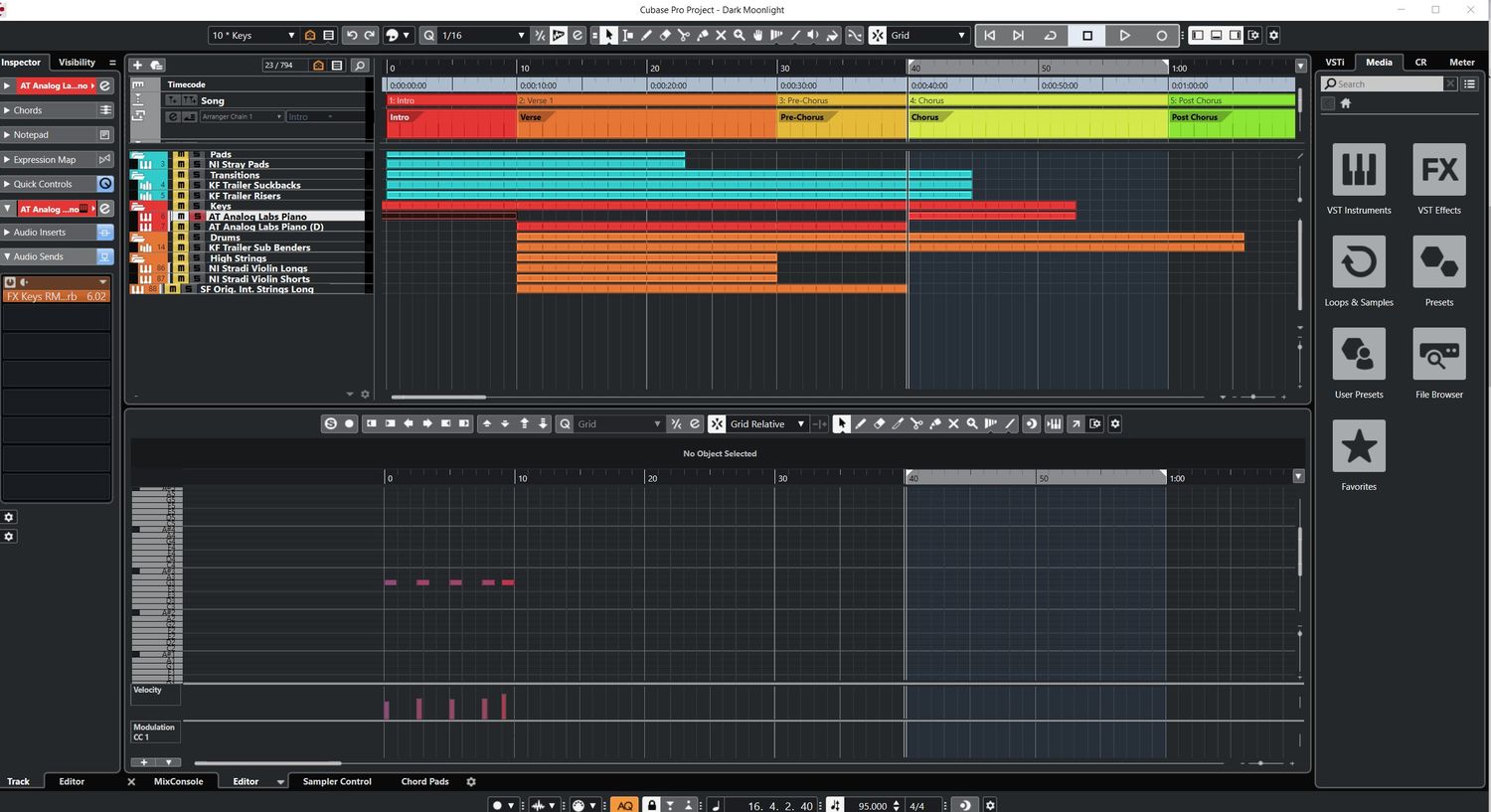

MIDI
How Can I Copy A MIDI Track Into Another New Set
Modified: February 22, 2024
Learn how to copy MIDI tracks into a new set with ease. Discover the best methods for transferring MIDI data between projects.
(Many of the links in this article redirect to a specific reviewed product. Your purchase of these products through affiliate links helps to generate commission for AudioLover.com, at no extra cost. Learn more)
Table of Contents
Introduction
Copying a MIDI track into a new set can be a valuable skill for musicians and producers looking to streamline their workflow and explore new creative possibilities. Whether you're seeking to duplicate a compelling melody, transfer a complex drum pattern, or replicate an intricate chord progression, knowing how to effectively copy MIDI data into a fresh set can save time and inspire fresh musical ideas.
In this comprehensive guide, we'll delve into the step-by-step process of duplicating a MIDI track into a new set using popular digital audio workstations (DAWs) such as Ableton Live, Logic Pro, FL Studio, and others. By mastering this technique, you'll have the flexibility to experiment with different arrangements, layer multiple variations of a musical motif, or simply preserve a backup of a cherished composition.
By the end of this tutorial, you'll be equipped with the knowledge and confidence to seamlessly duplicate MIDI tracks, allowing you to harness the full potential of your musical ideas and take your productions to new heights. So, let's dive in and discover the art of effortlessly transferring MIDI data into a fresh musical canvas.
Step 1: Open the MIDI track you want to copy
Before embarking on the process of copying a MIDI track into a new set, the first step is to open the specific MIDI track that you intend to duplicate. This involves launching your digital audio workstation (DAW) and accessing the project or session containing the MIDI track you wish to copy.
Once inside your DAW, navigate to the project or session where the MIDI track is located. This may involve opening a specific project file or loading a session within your DAW's interface. Take a moment to locate the MIDI track within the project, ensuring that you have clear visibility and access to the musical data you intend to duplicate.
In DAWs such as Ableton Live, this process typically involves selecting the track containing the MIDI data from the session view or arrangement view. Similarly, in Logic Pro, FL Studio, or other popular DAWs, you'll need to identify and select the MIDI track that you want to copy.
Upon locating the MIDI track, it's essential to ensure that the track is in a state where it can be easily accessed and manipulated. This may involve expanding the track to reveal the MIDI data, ensuring that the track is not muted or soloed, and verifying that any relevant musical elements, such as MIDI clips or regions, are readily available for copying.
By meticulously following this initial step and opening the MIDI track you wish to duplicate, you set the stage for a seamless and efficient process of transferring the MIDI data into a new set. This foundational step lays the groundwork for the subsequent actions of selecting, copying, and pasting the MIDI data into a fresh musical context.
With the MIDI track now open and accessible within your DAW, you're ready to progress to the next step and commence the process of selecting and copying the MIDI data, which will be covered in the following section.
Step 2: Select and copy the MIDI data
Once you have the MIDI track open in your digital audio workstation (DAW), the next crucial step is to select and copy the MIDI data that you intend to transfer into a new set. This process allows you to extract specific musical elements from the original track and prepare them for duplication in a fresh context.
To begin, carefully identify the segment of the MIDI track containing the desired musical data. This could range from a complete MIDI clip or region to a specific section within a larger composition. In most DAWs, you can achieve this by clicking and dragging to highlight the relevant MIDI data within the track's timeline or piano roll interface.
After selecting the MIDI data, initiate the copying process by employing the designated copy command within your DAW. This action is typically executed through a keyboard shortcut or by accessing the copy function from the DAW's menu or toolbar. By executing the copy command, you effectively duplicate the selected MIDI data, preparing it for transfer to a new location within the current project or an entirely different set.
As the MIDI data is now copied to the clipboard, you have the flexibility to navigate to a new set within the same project or open a different project altogether. Regardless of the specific destination, the copied MIDI data remains readily accessible for pasting into a fresh context.
This pivotal step of selecting and copying the MIDI data empowers you to isolate and extract the musical components that you aim to duplicate, paving the way for seamless integration into a new creative environment. With the MIDI data now copied and poised for relocation, you're primed to transition to the subsequent phase of opening a new set and creating a suitable space for the transferred musical elements.
Step 3: Open a new set and create a new MIDI track
With the MIDI data successfully copied and awaiting placement in a fresh musical context, the next pivotal phase involves opening a new set within your digital audio workstation (DAW) and creating a new MIDI track to accommodate the transferred musical elements.
To initiate this process, navigate to the appropriate location within your DAW where new sets or projects are created. This may involve accessing the file menu and selecting the option to open a new set, session, or project. Alternatively, some DAWs offer the flexibility to generate a new set directly from the main interface, allowing for swift and seamless transition into a fresh creative space.
Upon opening a new set, take a moment to configure the project settings and parameters according to your specific preferences and requirements. This may encompass selecting the desired tempo, time signature, and any additional settings that align with the musical vision for your new composition. By customizing the project settings at this early stage, you establish a tailored framework that complements the nature of the MIDI data you intend to integrate.
Subsequently, proceed to create a new MIDI track within the freshly opened set. Depending on the DAW you are using, this action can typically be accomplished through the creation of a new track or channel within the project. Ensure that the new MIDI track is appropriately labeled and positioned within the project's interface, providing clear organization and accessibility for the upcoming transfer of MIDI data.
As you establish the new MIDI track, consider factors such as instrument assignment, MIDI routing, and any additional parameters that contribute to the optimal integration of the transferred musical elements. By configuring the new MIDI track in alignment with the characteristics of the copied MIDI data, you set the stage for a seamless and cohesive transition, ensuring that the transferred musical components seamlessly integrate into the new creative environment.
With the new set opened and a dedicated MIDI track created to accommodate the incoming MIDI data, you have successfully laid the groundwork for the impending phase of pasting the copied MIDI data into the new track. This preparatory stage sets the stage for a fluid and harmonious integration of the transferred musical elements, underscoring the significance of meticulous planning and strategic setup as you embark on this creative journey.
Step 4: Paste the copied MIDI data into the new track
Having diligently prepared the new set and created a dedicated MIDI track, the time has come to seamlessly integrate the copied MIDI data into the fresh musical canvas. This pivotal step involves pasting the previously copied MIDI data into the newly established track, facilitating the harmonious fusion of the transferred musical elements with the evolving composition.
To initiate the pasting process, navigate to the location within the project where the new MIDI track resides. With the target MIDI track selected, execute the paste command within your digital audio workstation (DAW). This action effectively transfers the copied MIDI data from the clipboard into the designated track, positioning it within the timeline or piano roll interface of the new set.
As the copied MIDI data is seamlessly integrated into the new track, take a moment to ensure that it aligns with the musical context and arrangement of the evolving composition. This may involve adjusting the placement of the pasted MIDI data within the timeline, refining its timing and synchronization with other musical elements, and fine-tuning its musical characteristics to complement the creative vision for the new set.
Moreover, consider the sonic properties and parameters of the new MIDI track, such as instrument selection, sound design, and MIDI routing. By tailoring these elements to harmonize with the pasted MIDI data, you enhance the coherence and musical integrity of the composition, fostering a seamless integration that resonates with the overarching artistic intent.
Throughout the pasting process, maintain a keen focus on the musical synergy between the transferred MIDI data and the evolving composition. Embrace the opportunity to experiment with different variations, arrangements, and musical interactions, leveraging the flexibility afforded by the pasted MIDI data to invigorate the creative landscape and inspire fresh musical directions.
With the copied MIDI data now successfully pasted into the new track, you have achieved a seamless fusion of musical elements, enriching the evolving composition with diverse textures, melodies, and rhythmic motifs. This transformative process underscores the power of effective MIDI data transfer, empowering you to explore new creative horizons and breathe fresh life into your musical endeavors.
As the pasted MIDI data seamlessly integrates into the new track, you're poised to progress to the subsequent phase of making any necessary adjustments to refine and optimize the transferred musical elements within the evolving composition. This pivotal stage marks a significant milestone in the journey of duplicating MIDI tracks, underscoring the transformative potential of seamless MIDI data transfer within the realm of music production and composition.
Step 5: Make any necessary adjustments
Upon successfully pasting the copied MIDI data into the new track, it's essential to focus on making any necessary adjustments to refine and optimize the transferred musical elements within the evolving composition. This pivotal phase offers an opportunity to fine-tune the pasted MIDI data, ensuring its seamless integration and alignment with the overarching creative vision.
One crucial aspect to consider during this phase is the musical timing and synchronization of the pasted MIDI data within the new composition. Take the time to meticulously align the timing of the transferred musical elements with other tracks and musical motifs present in the evolving project. This may involve adjusting note placements, quantization settings, or tempo considerations to achieve a cohesive and synchronized musical arrangement.
Furthermore, delve into the sonic characteristics of the pasted MIDI data, exploring parameters such as velocity, modulation, and expression to imbue the transferred musical elements with nuanced dynamics and emotive depth. By refining these sonic attributes, you can enrich the musical texture of the composition, infusing it with a compelling sense of musicality and expressive resonance.
In addition to sonic refinement, consider the harmonic and melodic interactions between the pasted MIDI data and other musical components within the new set. Embrace the creative freedom to experiment with chord voicings, melodic variations, and harmonic progressions, leveraging the versatility of the transferred MIDI data to explore diverse musical pathways and evoke distinctive emotional landscapes.
Moreover, take advantage of the creative possibilities offered by MIDI manipulation tools within your digital audio workstation (DAW). Explore features such as MIDI effects, arpeggiators, and creative modulation tools to sculpt the pasted MIDI data, infusing it with inventive transformations and imaginative sonic explorations. These creative interventions can breathe new life into the transferred musical elements, fostering a sense of innovation and artistic ingenuity within the evolving composition.
As you navigate this phase of making necessary adjustments, maintain an open-minded and exploratory approach, embracing the creative potential inherent in the pasted MIDI data. Allow your musical intuition to guide the process, fostering a dynamic and iterative exploration of musical possibilities as you refine and optimize the transferred MIDI elements within the new set.
By meticulously attending to these necessary adjustments, you elevate the transferred MIDI data to a heightened level of musical expressiveness and integration within the evolving composition. This transformative phase underscores the significance of attentive refinement and creative exploration, culminating in a harmonious fusion of diverse musical elements and a compelling realization of your artistic vision.
Conclusion
In conclusion, the process of copying a MIDI track into a new set represents a transformative journey that empowers musicians and producers to expand their creative horizons and elevate their musical endeavors. By mastering the art of seamlessly transferring MIDI data between different musical contexts, individuals can unlock a wealth of creative possibilities, streamline their workflow, and breathe new life into their compositions.
Throughout this comprehensive guide, we've navigated through the step-by-step process of duplicating MIDI tracks, delving into crucial stages such as selecting and copying MIDI data, opening a new set, creating a dedicated MIDI track, seamlessly pasting the copied MIDI data, and making necessary adjustments. Each phase of this journey embodies the essence of meticulous planning, artistic exploration, and the seamless integration of diverse musical elements.
The ability to copy a MIDI track into a new set transcends mere technical proficiency; it embodies the spirit of creative expression and musical innovation. This process empowers individuals to revisit cherished musical motifs, experiment with diverse arrangements, and explore alternative sonic landscapes, fostering a dynamic and iterative approach to music production and composition.
Furthermore, the journey of duplicating MIDI tracks underscores the significance of adaptability and versatility within the realm of music production. Whether it involves replicating a captivating melody, transferring intricate rhythmic patterns, or preserving a snapshot of a creative idea, the process of copying MIDI tracks into new sets offers a canvas for boundless artistic exploration and expression.
As musicians and producers embrace the art of seamlessly transferring MIDI data, they cultivate a sense of creative fluidity and adaptability, transcending the confines of traditional composition and embracing a dynamic approach to musical creation. This transformative journey embodies the spirit of artistic evolution, empowering individuals to harness the full potential of their musical ideas and embark on a perpetual quest for innovation and creative excellence.
In essence, the process of copying a MIDI track into a new set transcends the realm of technical proficiency; it embodies a profound journey of artistic exploration, creative ingenuity, and the perpetual pursuit of musical excellence. By mastering this transformative skill, individuals can amplify their creative capabilities, breathe new life into their compositions, and embark on an enduring odyssey of musical innovation and expression.

